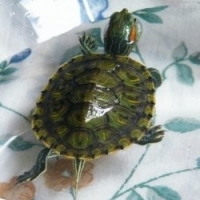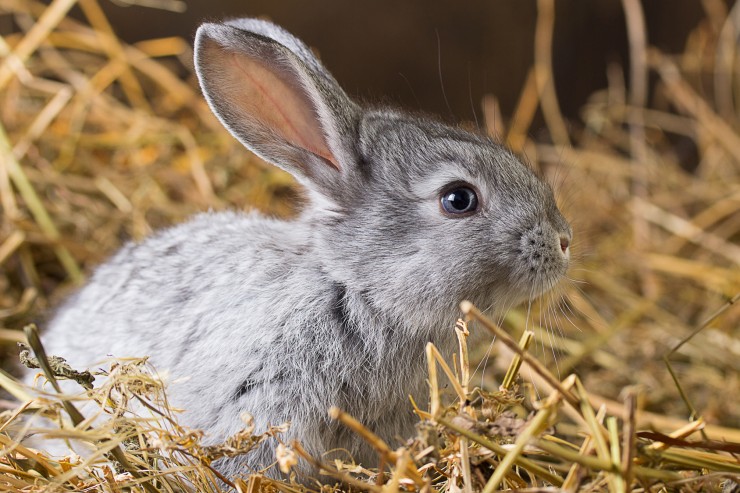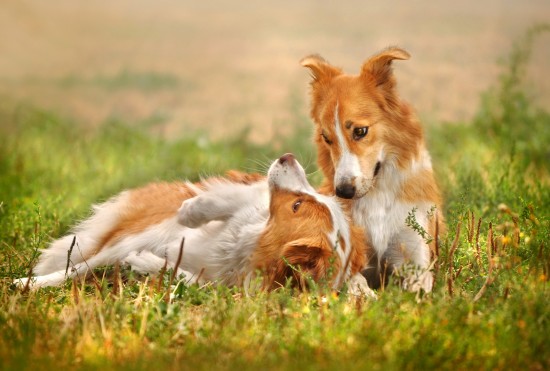
Unbeknown to the casual observer, Shetland sheepdogs have a spectrum of working tendencies to show behind their general herding instinct! A study involving over 1,000 herding instinct tests under the ...
Unbeknown to the casual observer, Shetland sheepdogs have a spectrum of working tendencies to show behind their general herding instinct! A study involving over 1,000 herding instinct tests under the American Shetland Sheepdog Association revealed what actually happens and what rarely happens for most sheepdogs.
84% of the dogs had a gathering style; the rest did not have. Under 揂pproach,?68% tended to move close, compared to moving wide around the stock. When it came to barking, the dogs were roughly equally divided between 3 groups: barkers, forced barkers (only when the stock showed resistance), or quiet workers. When it came to gaze and stance, the two most dominant tendencies were loose eye (meaning the dog does have good concentration on the stock, but is free-moving and takes in a wider view of the overall scene) and medium eye (intent concentration but freer, upright manner of moving). A shetland sheepdog has been know to commonly fetch or gather, and a dog that will manifest driving is said to be out of shape, or is insecure, immature, or not too enthusiastic about being away from his master's side.
What are the major factors that give the breed the best chance to show their herding skills? It is said that nothing beats having good stock and positive handling. A clear style preference is likely to manifest itself when the dogs have had enough experience with appropriate livestock. The lack of a domineering frame is no problem at all, since the dog makes up through proximity to the stock, quick movement plus the injection of a bark. If a shetland sheepdog barks, it would be because he got excited or is making up for inexperience; a more mature dog, however, is a quite worker, and using force-barks when appropriate. A more confident Sheltie will also rely on sight and will rarely need to crouch.
Furthermore, looser-eyed Shelties will also have an upstanding style and will be seen as more inclined to sit or pause on their feet rather than down in case a stop is needed. A variety of approaches is very welcome since the working history of the shetland sheepdog indicates an an all-purpose, practical farm dog. In sum, shelties are by all means welcome to stick faithfully to the style that suits their particular disposition and character.
 Choosing A Pedigree Kitten
Choosing A Pedigr
Choosing A Pedigree Kitten
Choosing A Pedigr
 Turtle Or Tortoise | What’s The Difference?
When you are walking in the woods and come across a turt
Turtle Or Tortoise | What’s The Difference?
When you are walking in the woods and come across a turt
 How To Feed Your Rabbit A Natural Diet
How To Feed Your
How To Feed Your Rabbit A Natural Diet
How To Feed Your
 How To Keep Your Cat Happy This Winter
How To Keep Your
How To Keep Your Cat Happy This Winter
How To Keep Your
 Dogs And Their Eye Contact With Each Other, And What This Means
Dogs And Their Ey
Dogs And Their Eye Contact With Each Other, And What This Means
Dogs And Their Ey
Copyright © 2005-2016 Pet Information All Rights Reserved
Contact us: www162date@outlook.com